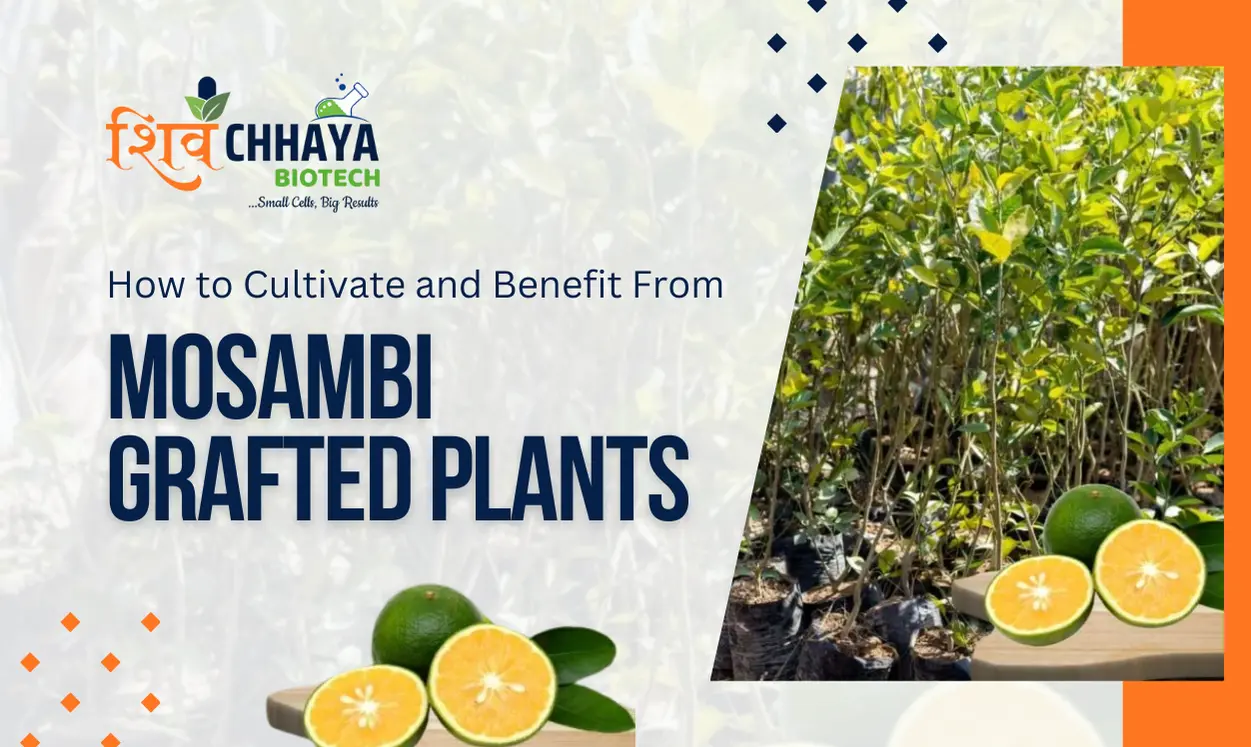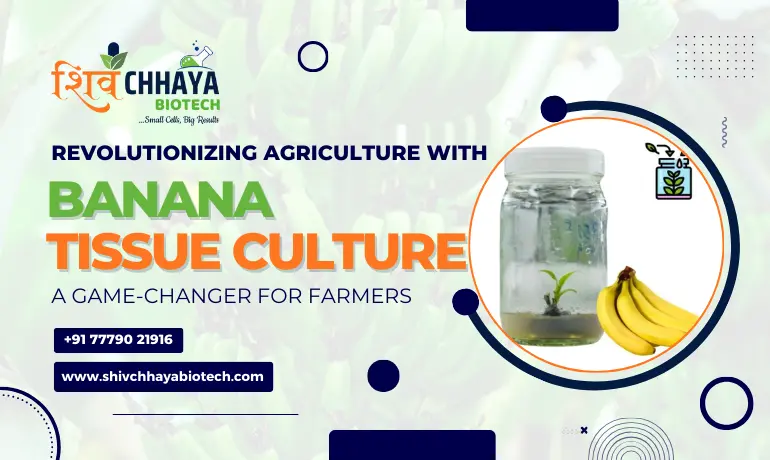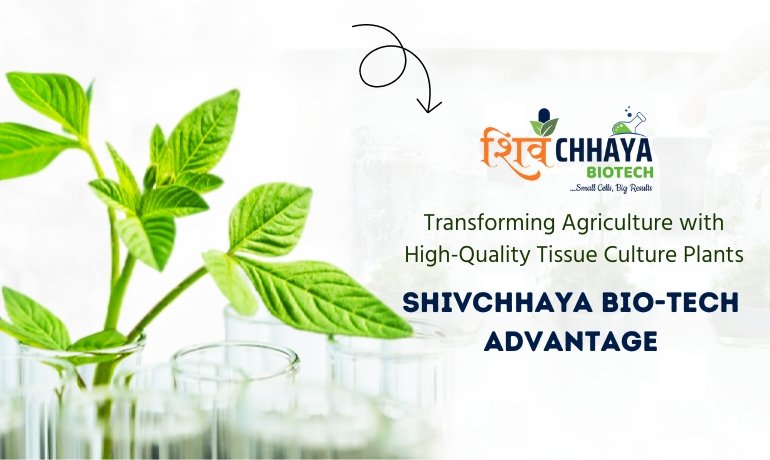Citrus fruits are renowned for their refreshing flavors and nutritional benefits, and among them, Mosambi (Citrus limetta) holds a special place for its sweet-tangy taste and versatile uses. Cultivating Mosambi grafted plants can be a rewarding endeavor, offering enhanced yield, improved fruit quality, and resilience against diseases. Whether you’re a farmer looking to boost productivity or a home gardener interested in growing citrus, here’s a comprehensive guide on how to cultivate and benefit from Mosambi grafted plants.
Introduction to Mosambi Grafted Plants
Mosambi grafted plants are created by joining a Mosambi scion, which carries the desired fruit qualities, with a compatible rootstock known for its vigor and disease resistance. This grafting process combines the best attributes of both components, resulting in stronger, more productive trees.
Cultivation Techniques
- Choosing the Right Rootstock: Selecting the appropriate rootstock is crucial. Common choices for Mosambi include Rangpur lime and Rough lemon, which are known for their adaptability to various soil types and climates.
- Grafting Process: The grafting process involves careful preparation of the scion and rootstock, ensuring they fit together snugly. Techniques like cleft grafting or budding are commonly used. It’s essential to ensure proper alignment and secure the graft to facilitate successful union and nutrient flow.
- Optimal Growing Conditions: Mosambi thrives in subtropical to tropical climates with plenty of sunlight. It requires well-drained soil with a pH level ranging from 5.5 to 6.5. Adequate water and protection from strong winds are also essential for healthy growth and fruit development.
- Pruning and Maintenance: Regular pruning helps maintain the shape of the tree and promotes better fruiting. Pruning should be done after the fruiting season to encourage new growth and improve air circulation within the canopy, which helps prevent diseases.
Benefits of Mosambi Grafted Plants
- Increased Yield: Grafted Mosambi plants generally produce higher yields compared to non-grafted ones, thanks to the vigor and disease resistance provided by the rootstock.
- Improved Disease Resistance: The rootstock imparts resilience against common citrus diseases such as citrus greening and root rot, enhancing the overall health and longevity of the plant.
- Early Fruiting: Grafted plants often bear fruit earlier than non-grafted ones, allowing growers to enjoy the fruits sooner after planting.
- Enhanced Fruit Quality: Fruits from grafted plants are typically larger, juicier, and more flavorful, meeting market demands and consumer preferences effectively.
Applications and Market Potential
Mosambi fruits are versatile and widely used in beverages, culinary dishes, and medicinal preparations due to their high vitamin C content and refreshing taste. Grafted Mosambi plants cater not only to commercial growers but also to enthusiasts looking to cultivate nutritious fruits at home.
Conclusion
In conclusion, cultivating Mosambi grafted plants is a promising venture for anyone interested in citrus cultivation. By selecting the right rootstock, mastering the grafting process, and providing optimal growing conditions, you can enjoy increased yields of high-quality Mosambi fruits. Whether for commercial purposes or personal enjoyment, investing in Mosambi grafted plants promises a fruitful outcome.
Contact Us: For more information on acquiring Mosambi grafted plants or any agricultural inquiries, please contact Shivchaya Biotech Pvt. Ltd. at +91 77790 21916 or email us at contact@shivchhayabiotech.com. We are here to support your agricultural endeavors with expertise and quality products tailored to your needs.



